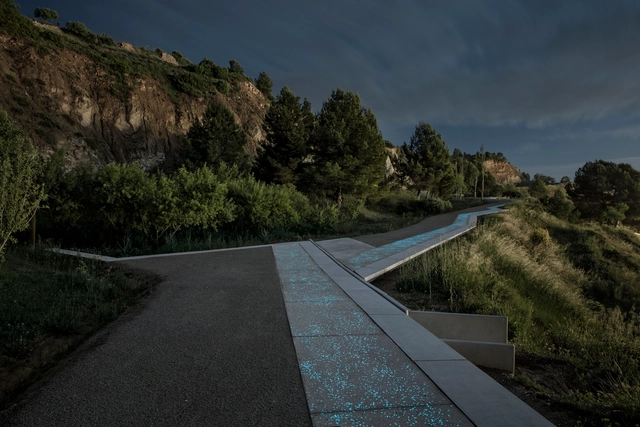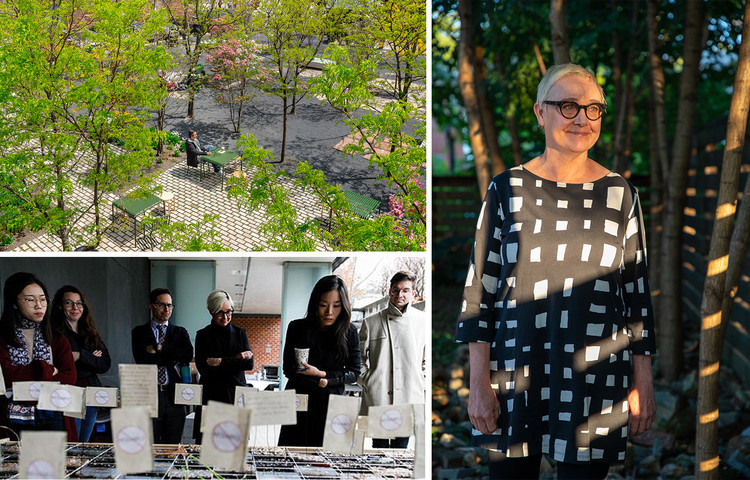
Presidio Tunnel Tops is San Francisco’s upcoming national park destination, set to welcome visitors starting July 17th. The project reconnects the park formerly split in two by the Doyle Drive by creating new landscaped land over the highway now moved underground. Designed by James Corner Field Operations, the firm behind New York’s High Line, the project brings 5.6 hectares (14 acres) of new parkland to the Bay Area, featuring trails, picnic areas, and scenic views over the city as well as a nature play area for kids.






.jpg?1647353416)
















































.jpg?1634086433&format=webp&width=640&height=580)
.jpg?1634086531)
.jpg?1634086419)

.jpg?1634086290)
.jpg?1634086433)












.jpg?1628842439&format=webp&width=640&height=580)